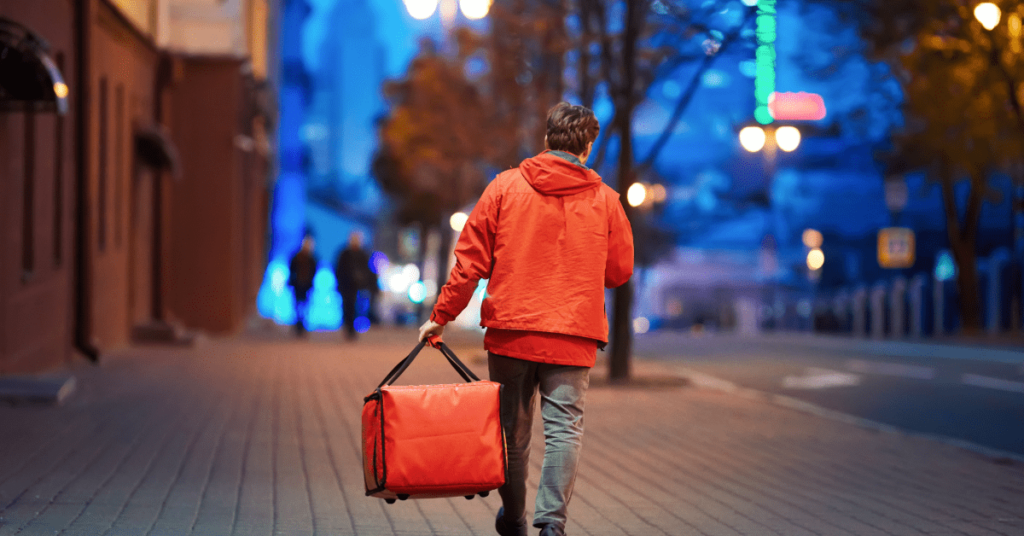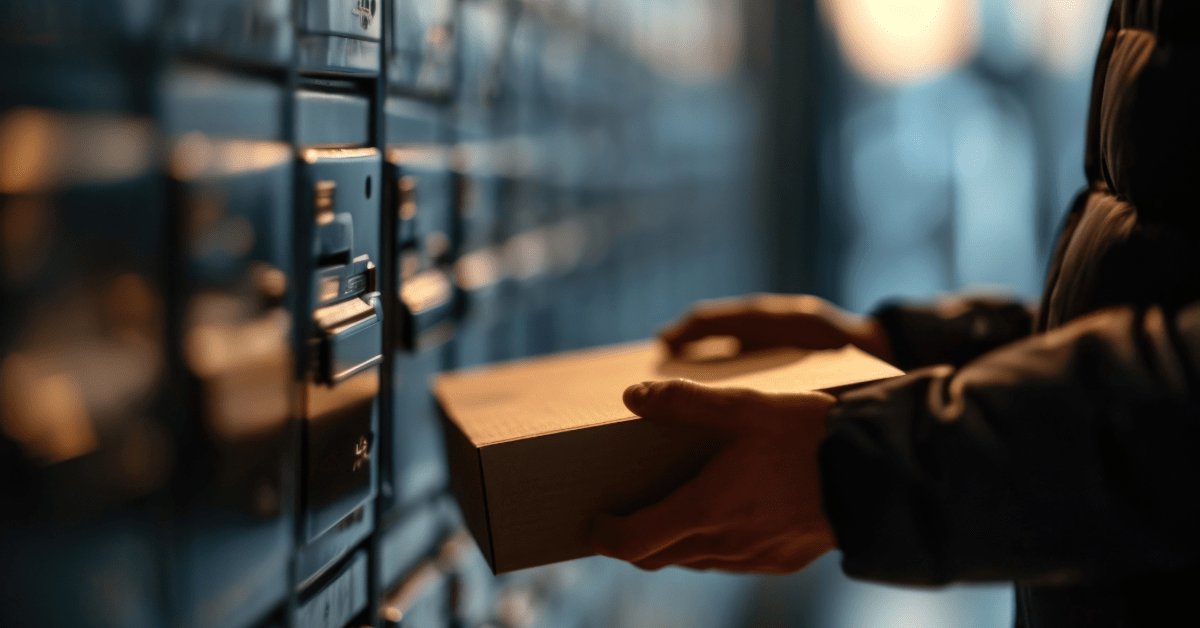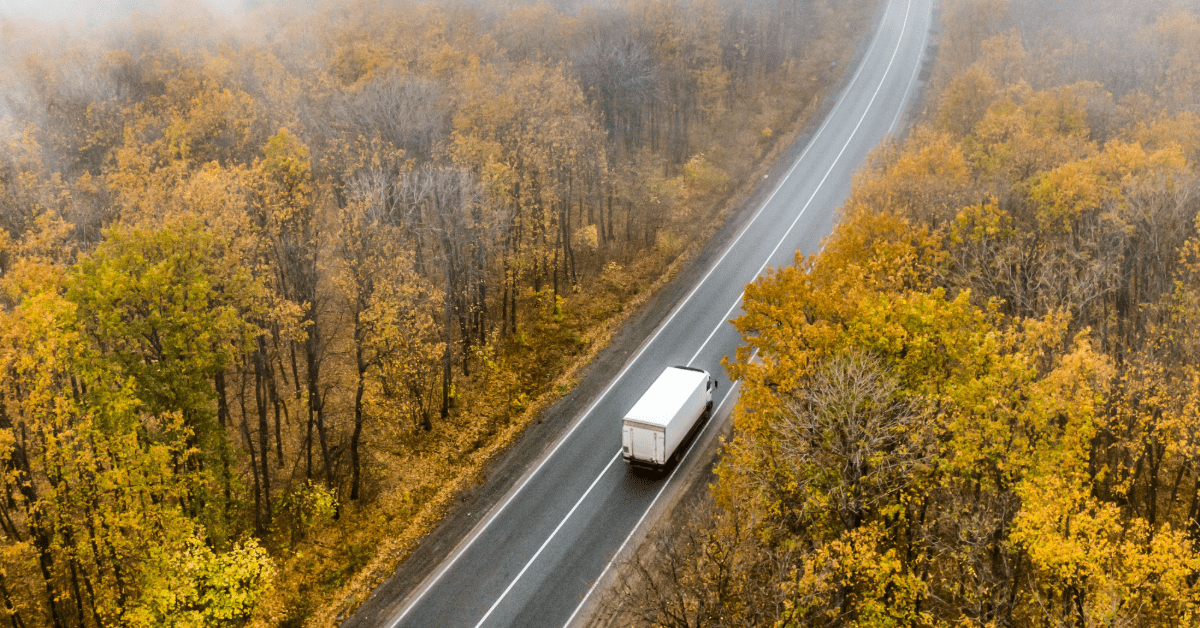The thought of convenience has been at the forefront of supply and demand, with same-day delivery, once a luxury, has now become more of a staple, reflecting our collective appetite for instant gratification. Picture a future where your every need, from the weekly shop to urgent medical supplies, arrives within hours. Modern day consumerism is now a blend of technological innovation and evolving consumer expectations that is set to redefine the very nature of rapid delivery.
Drivers of the Demand for Speed
What’s driving this relentless pursuit of speed? Quite simply, it’s the modern consumer. E-commerce giants have set a new benchmark, making swift delivery a prerequisite. Businesses, in turn, recognise same-day delivery as a crucial competitive edge, a means to stand out in a crowded market. With online shopping becoming more common, the consumers now expect speed along with convenience.
2/3 of shoppers say delivery speed impacts their choices with many ready to pay extra for faster delivery. The backbone of this revolution? Unquestionably, technology. Advanced logistics software, real-time tracking, and route optimisation algorithms have transformed what was once a logistical headache into a streamlined operation. Furthermore, the increasing urban density, with its network of micro-fulfilment centres, has brought delivery hubs closer to consumers, drastically reducing transit times.
Looking past 2025, several key trends are poised to reshape the sector. Green logistics, for instance, is no longer a mere consideration but a core imperative. Expect to see electric vehicle fleets dominating urban delivery routes, complemented by a surge in eco-friendly cycle couriers. Sustainable packaging, driven by both consumer demand and stringent regulatory pressures, such as the expansion of Ultra Low Emission Zones (ULEZ), will become the norm. Consider this: recent figures suggest that over 60% of UK consumers favour brands with a clear commitment to environmental sustainability.
Projections and Developments
Looking further into the future, several key developments are likely to materialise. Industry consolidation, driven by intense competition, will lead to the emergence of logistics giants. Collaborative partnerships, where businesses and couriers share resources, will become commonplace. Autonomous delivery, once a futuristic notion, will gradually become a reality, transforming last-mile logistics and crucially, the customer experience will reign supreme, with personalised delivery options and proactive problem-solving becoming the norm.
While often associated with e-commerce, B2B same-day delivery is experiencing significant growth. Manufacturers, wholesalers, and service providers are leveraging rapid delivery to minimise downtime and enhance operational efficiency. Equally significant, flexible delivery options, encompassing time-specific deliveries and out-of-hours services, are becoming increasingly prevalent, catering to the diverse needs of modern consumers. Beyond mere convenience, same-day delivery offers key advantages such as loss and theft prevention, minimising vulnerability of unattended packages, and cost-effectiveness, through optimised routes and reduced fuel consumption. Notably, 41% of consumers are willing to pay for same-day delivery, highlighting its value. In the UK, the delivery market, poised to reach nearly £25 billion by 2027, faces its own set of unique challenges.
The Impact on Consumer Behaviour
The impact on consumer behaviour is profound. An “on-demand” culture has taken root, blurring the lines between online and offline retail. High street shops are adapting, offering click-and-collect and same-day delivery options.
Technology, of course, continues to be the driving force. AI and machine learning are optimising routes with unprecedented precision, while drones and autonomous vehicles, though still in their infancy, hint at a future where last-mile delivery is fully automated. Moreover, the demand for real-time tracking has become non-negotiable, with customers expecting minute-by-minute updates on their deliveries. Over half of online consumers aged 18 to 34 expect same-day delivery. This demand highlights the generational shift towards instantaneous gratification and efficient services.
More notably, half (46%) of consumers prioritise reliability, making enhanced curb side pickup, facilitated by geofencing and real-time notifications, a crucial component. With 97% of consumers considering same-day shipping “fast,” these advancements are vital. The demand for same-day delivery varies across product categories. For instance, 41% would abandon an order in the Gifts and Flowers category if same-day delivery were absent, whereas the rate is 16% for Pet Supplies. These variations emphasize the nuanced influence of same-day delivery across different market segments.
The Future of Same-Day Delivery in the UK
The future of same-day delivery in the UK promises a blend of hybrid delivery models, sustainable practices, and highly personalised experiences. AI-driven recommendations will anticipate consumer needs, while eco-friendly solutions will minimise the industry’s environmental footprint.
In conclusion, the landscape of same-day delivery is driven by technological innovation and evolving consumer expectations. While challenges persist, the industry’s potential to redefine commerce is undeniable. By embracing sustainability, prioritising customer experience, and addressing ethical considerations, we can shape a future where instant gratification is both seamless and responsible.
If you would like to hear further about how HypaShip software could be implemented to meet the demands of Same-Day Delivery and cost optimisation, do not hesitate to get in touch.
For more information on Last Mile and Same-Day Delivery: https://www.hypaship.com/on-demand/
Telephone: +44 (0) 845 155 6868
E-mail: info@hypaship.com





